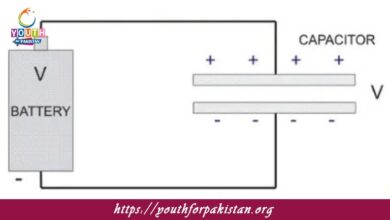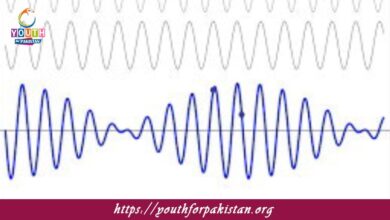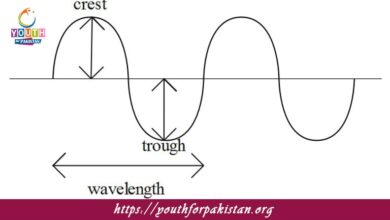Kinetic Energy MDCAT Quiz with Answers

Kinetic Energy MDCAT Quiz is the energy that an object possesses because it is in motion. Kinetic energy is a very important concept when trying to understand moving objects and hence plays a vital role while solving problems in motion, forces, and energy within physics. So, students of MDCAT must pay full attention to the concept of kinetic energy; questions relating to kinetic energy can be very frequently found in an MDCAT Quiz.
Excel in Physics with the Kinetic Energy Quiz
The Kinetic Energy focuses on important aspects such as the formula for kinetic energy, the work-energy theorem, and the relationship between velocity and energy. With problems ranging from basic calculations to complex applications involving systems of particles, this quiz is an excellent resource for improving your analytical and problem-solving skills. Tackling these questions will enhance your understanding and give you a competitive edge in the MDCAT physics section.
MDCAT Quiz: Kinetic Energy Questions
In the MDCAT Quiz, questions about kinetic energy mostly ask the student to find kinetic energy when given the mass and velocity of any object. For instance, one might be provided with the mass and velocity of a moving car and asked to calculate its kinetic energy. Most questions in this type are straightforward applications of the formula for kinetic energy. MDCAT students need to practice such problems so that they can easily and accurately answer questions about kinetic energy during the actual test. Showing how kinetic energy is related to other forms of energy, such as potential energy, also helps students solve complicated energy conservation problems.
- Test Name: Kinetic Energy MDCAT Quiz
- Type: Quiz Test
- Total Questions: 30
- Total Marks: 30
- Time: 30 minutes
Note: Answer of the questions will change randomly each time you start the test, once you are finished, click the View Results button.
Free Flashcards
Free flashcards can be an effective means for MDCAT students to reinforce their understanding of kinetic energy. These flashcards may include the kinetic energy formula, step-by-step examples of solving problems, and key concepts related to energy. If students regularly go through these flashcards, they would be able to recall the kinetic energy formula in no time and apply it accurately while attempting the MDCAT Quiz. Flashcards ensure that students are well-prepared to tackle kinetic energy questions with confidence.

The kinetic energy of a car moving at 20 m/s is 400 J. What is the kinetic energy if the speed is doubled to 40 m/s?
1600 J

If a ball is moving with velocity of 2 m/s and has a mass of 3 kg, its kinetic energy is __________.
6 Joules

An object with a mass of 10 kg is moving with a speed of 2 m/s. Its kinetic energy is __________.
20 J
Experience the real exam environment with our expertly designed collection of over 25,000 MCQs MDCAT Mock Tests.





